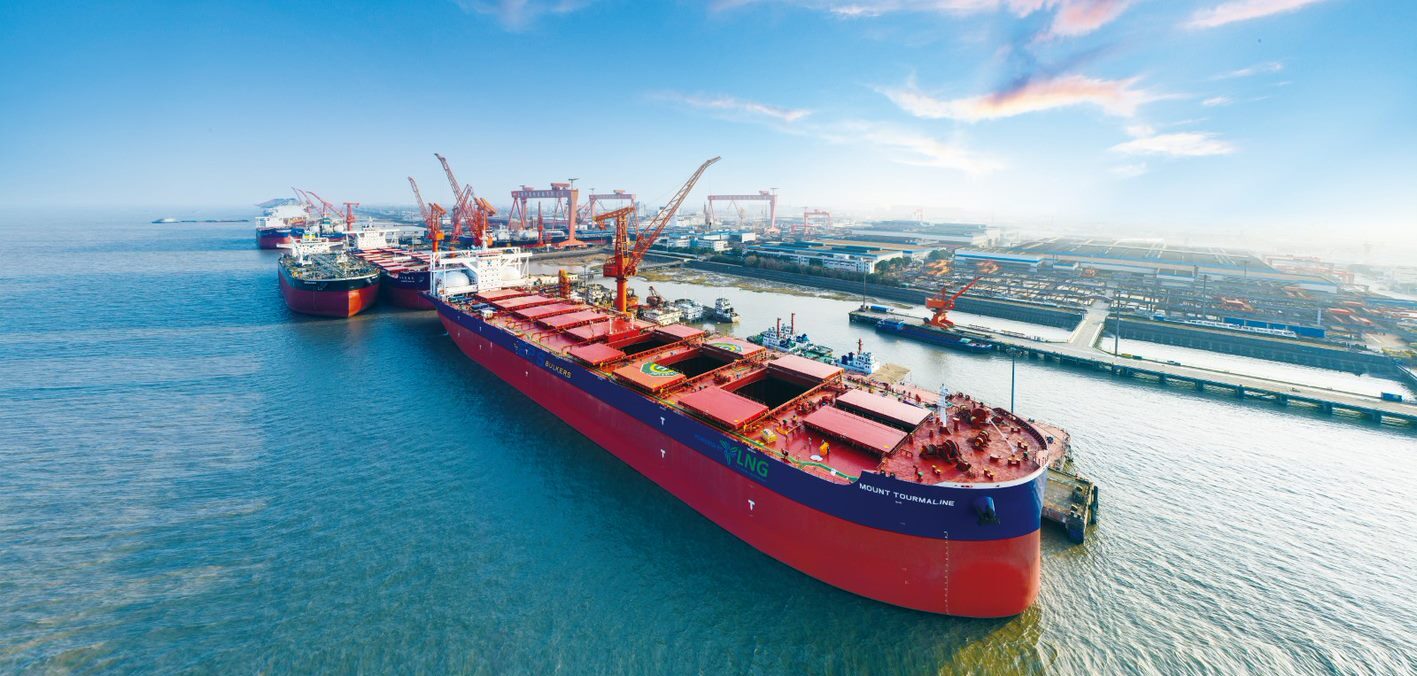Most people are unaware of the type of fuel that powers the giant ships transporting goods across the oceans every day. Known as bunker fuel, it is one of the dirtiest and most polluting fuels in use today. Shipping accounts for around 3% of global carbon dioxide emissions, but the particulate matter and noxious gases released by bunker fuel pose serious health and environmental risks worldwide.
What is Bunker Fuel?
Bunker fuel refers to the thick, sluggish fuel oil commonly used to power marine vessels. It is a type of residual fuel oil created as a byproduct from the refining of crude oil into gasoline and other products. Bunker fuel has a dense, tar-like consistency due to its high content of concentrated fuel residuum. It contains high amounts of carbon, sulfates, and other harmful impurities rejected during the oil refining process.
To make Bunker Fuel flow properly through engines and pipes in ships, it needs to be heated to relatively high temperatures. Even at room temperature, it has the viscosity of tar or hot asphalt. Its chemical composition can vary significantly depending on the crude oil source and refining method, but it often surpasses limits for sulfur and particulate matter set by international standards for other fuels.
Health and Environmental Impacts
The sulfur, particulate matter, nitrogen oxides and other pollutants emitted from burning bunker fuel have immense health and environmental consequences. Exhaust plumes from ships contain high levels of fine particulate matter less than 2.5 microns in width that can penetrate deep into lungs and bloodstreams. Exposure to particulate matter has been linked to respiratory and cardiovascular illnesses as well as premature death.
At sea, ship emissions also contribute to ocean acidification by increasing carbon dioxide levels in waters worldwide. When bunker fuel smoke combines with water vapor in the atmosphere, it forms clouds that deposit black carbon on glaciers and ice sheets, accelerating melting by reducing albedo. This warms regional climates and impacts monsoon rainfall patterns and sea ice formation in the Arctic. Coastal populations suffer disproportionately from the localized harms of ship air pollution. One study estimated that switching to lower sulfur fuel could prevent over 30,000 premature deaths per year.
Regulating Bunker Fuel Quality
Growing concerns over bunker fuel’s impacts have prompted some regulations. In 2008, the International Maritime Organization (IMO) set a limit of 3.5% sulfur content for bunker fuel burned outside of emission control areas. This was reduced to 0.5% in designated coastal areas like the Baltic Sea, North Sea, and English Channel starting in 2015.
However, the general 3.5% sulfur limit is still extremely high compared to the 0.001% maximum allowed for road fuels in North America and Europe. Even with these rules, scientists estimate that ships burning 3.5% sulfur bunker fuel emit particulate matter and noxious gases equivalent to all the world’s cars combined. Some studies predict that meeting the 2025 IMO goal of 0.5% global sulfur cap could prevent up to 120,000 annual premature deaths. Improved standards for nitrogen oxides from ships are also lacking.
Alternative Fuel Options
Given the urgent need to curb maritime pollution, alternative fuel sources are being explored. Liquefied natural gas is gaining interest as a cleaner interim option in some applications. Methanol and other biofuels may also offer advantages with proper sustainability criteria.
Longer-term, zero-carbon technologies like hydrogen fuel cells, battery-electric powertrains developed for smaller vessels, and wind-assisted propulsion present promising climate-friendly solutions, but widespread deployment faces technical and economic barriers that will require sustained RD&D investment and supportive policies to overcome. Testing and scaling up viable zero-emission marine fuel alternatives this decade will be crucial to achieving the IMO’s goal of reducing greenhouse gas emissions from shipping by 50% from 2008 levels by 2050.
With international shipping transporting over 80% of global trade, shifting its largely outdated bunker fuel infrastructure towards sustainable energy offers a massive opportunity for economic and public health gains. Substituting cleaner replacement fuels where feasible could help reduce air pollution near ports and coastlines while curbing the sector’s significant contribution to the climate crisis. As governments and industry actors focus on decarbonizing heavy industry and transportation sectors on land, they must urgently prioritize transitioning maritime shipping away from its current dependence on toxic, carbon-intensive bunker fuel. Our oceans and people deserve cleaner, healthier and greener forms of marine transportation.
*Note:
1. Source: Coherent Market Insights, Public sources, Desk research
2. We have leveraged AI tools to mine information and compile it

